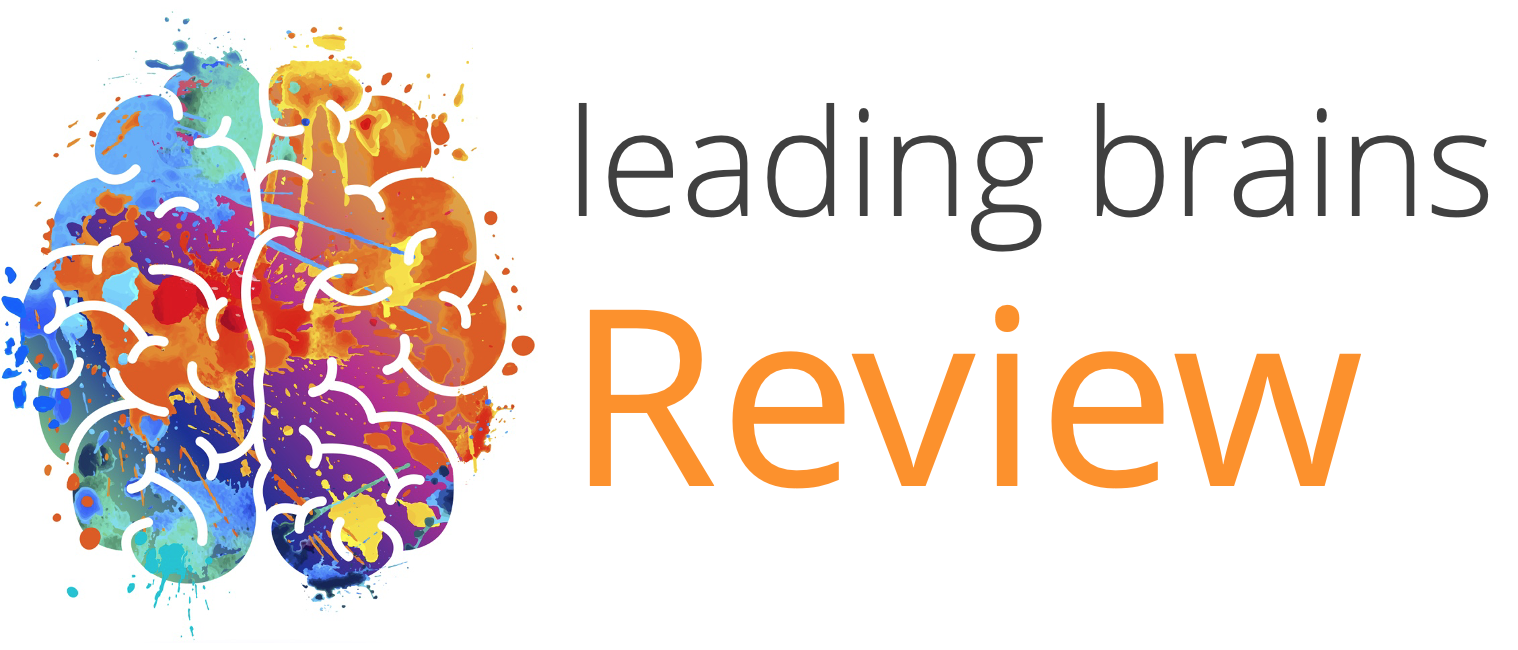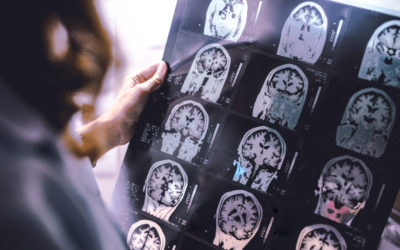Quick Hits
Daily brief research updates from the cognitive sciences

We’ve all heard of near-death experiences and reports of people moving a long a white tunnel or corridor while technically dead. These are often believed to be proof of life after death or of the soul moving on.
These reports capture the collective imagination and they are also very consistent and though not common, common enough to warrant investigation. Attempts have been made but this is inherently difficult to investigate – first of all we need to actually know when people are dying and it may be immoral to suddenly wire them up to brain scanners when they are, not to mention that the concern with all involved will be on keeping the person alive.
However, a team of researchers at the University of Michigan decided to look into this in more detail and first of all looked at animal data they could access. Some of these showed surges after activity in the brain shortly before death which could be a signature of these experiences.
They then managed to find the data of four patients who had passed away in the hospital due to cardiac arrest while under EEG monitoring. These four patients were comatose and unresponsive and considered beyond medical help and had their life support removed after consultation with their families.
And in two of these patients after the removal of ventilation support there was in increase in heart rate and a surge in gamma waves in the brain – precisely those waves associated with consciousness. What’s more those brain waves were found in an area at the back of the brain at the junction between different brain lobes, regions (specifically the temporo–parieto–occipital junction).
This area is associated with dreaming and hallucinations in epilepsy and altered states of consciousness. This could therefore be a view of that near-death experience and it is certainly fascinating that this happens in the dying brain. However, this is only in two patients out of four and as these patents subsequently passed away we have no idea whether this was a near-death experience and a flash of consciousness or not.
It is, also, almost identical with another case I reported on last year – this was also a small sample – a sample of one.
I will continue watching this space with interest.

Andy Habermacher
Andy is author of leading brains Review, Neuroleadership, and multiple other books. He has been intensively involved in writing and research into neuroleadership and is considered one of Europe’s leading experts. He is also a well-known public speaker, speaking on the brain and human behaviour.
Andy is also a masters athlete (middle distance running) and competes regularly at international competitions (and holds a few national records in his age category).
References
Gang Xu, Temenuzhka Mihaylova, Duan Li, Fangyun Tian, Peter M. Farrehi, Jack M. Parent, George A. Mashour, Michael M. Wang, Jimo Borjigin.
Surge of neurophysiological coupling and connectivity of gamma oscillations in the dying human brain.
Proceedings of the National Academy of Sciences, 2023; 120 (19)
DOI: 10.1073/pnas.2216268120
More Quick Hits
Your brain on near-death experiences
Near-death experiences have fascinated many people ever since they have been reported. And these experiences guide our view of how we die: the memories of your life passing in front of your eyes, the tunnel of light, the floating movement towards a bright light....
Social networks grow your brain
The headline is a bit “click baity” but it is what a group of researchers found. To be more specific they found in macaques (cute monkeys) in the wild that having more grooming partners grew different regions of the brain. Grooming is the primate version of having a...
What do creative brains look like?
We’d probably all be happy to be a bit more creative — though research into our own opinions show that many people do actually consider themselves to be above average in creativity. An obvious self-bias. This is where scientists who study creativity come in and find...
New gender biases discovered
There have been many studies on gender biases, and I have followed, written, and spoken about many of these biases over the years (over a decade actually) but two studies have just come out that caught my eye. One out of New York University focused on gender natural...
Growth of your brain over your life
So, we all know that our brain grows very quickly as babies and children and then after a certain age, younger than some of us may like to think, there begins a slow decline. But precisely what and how is the question. Well, this is a question that an international...
How to reduce loneliness
I have reported multiple times on loneliness during the pandemic – mostly because interest and research into loneliness has taken a large uptick. I have also reported on how to combat this and was happy to see that a piece of research just out proved what I had...






